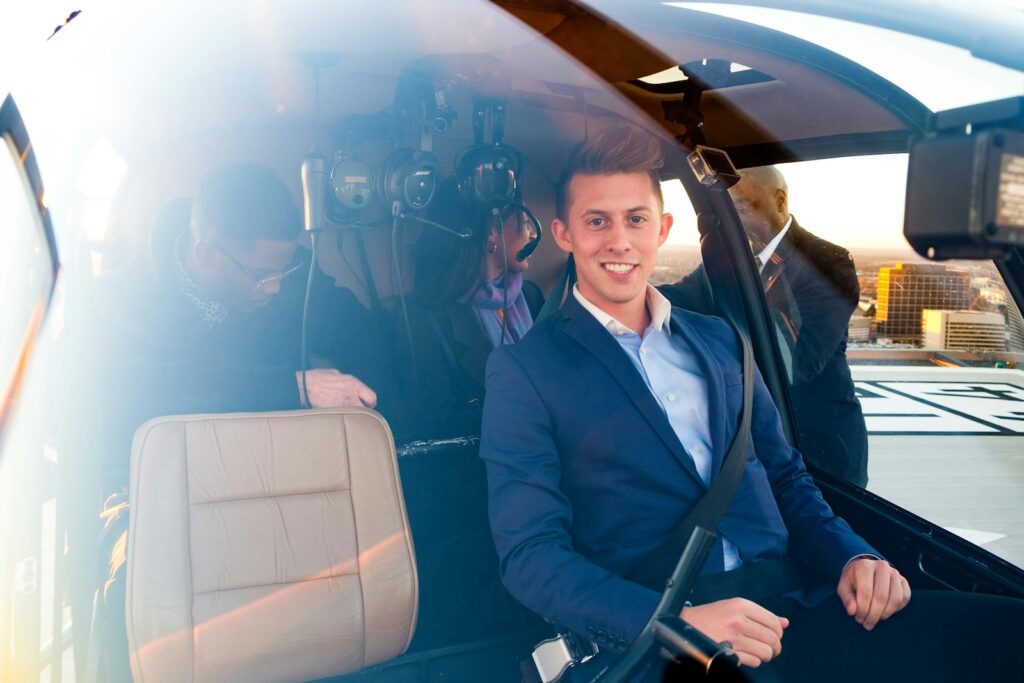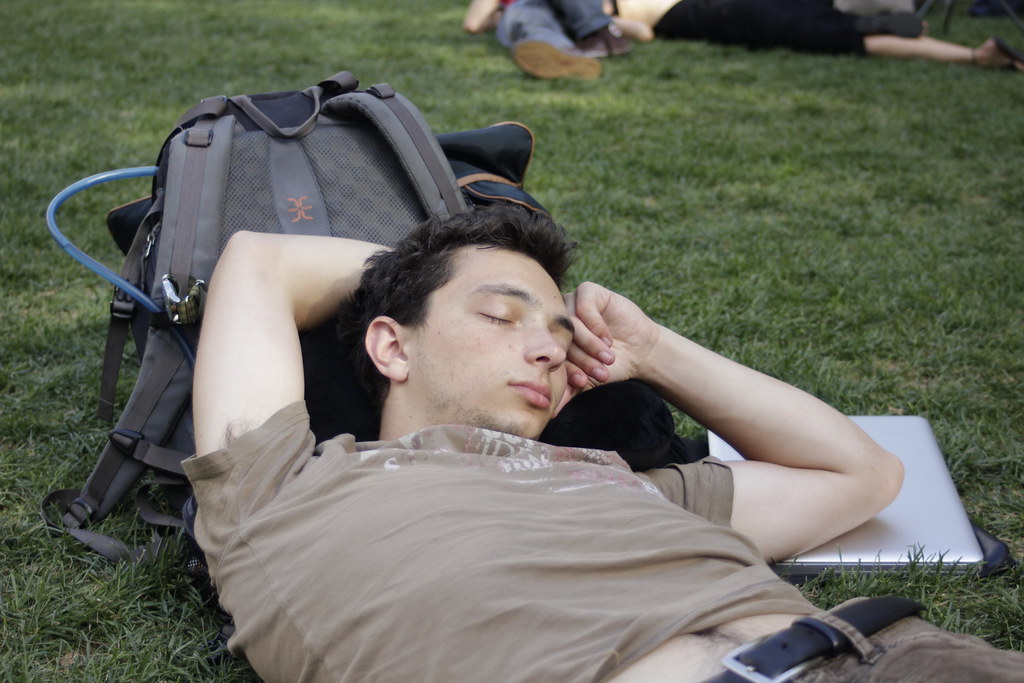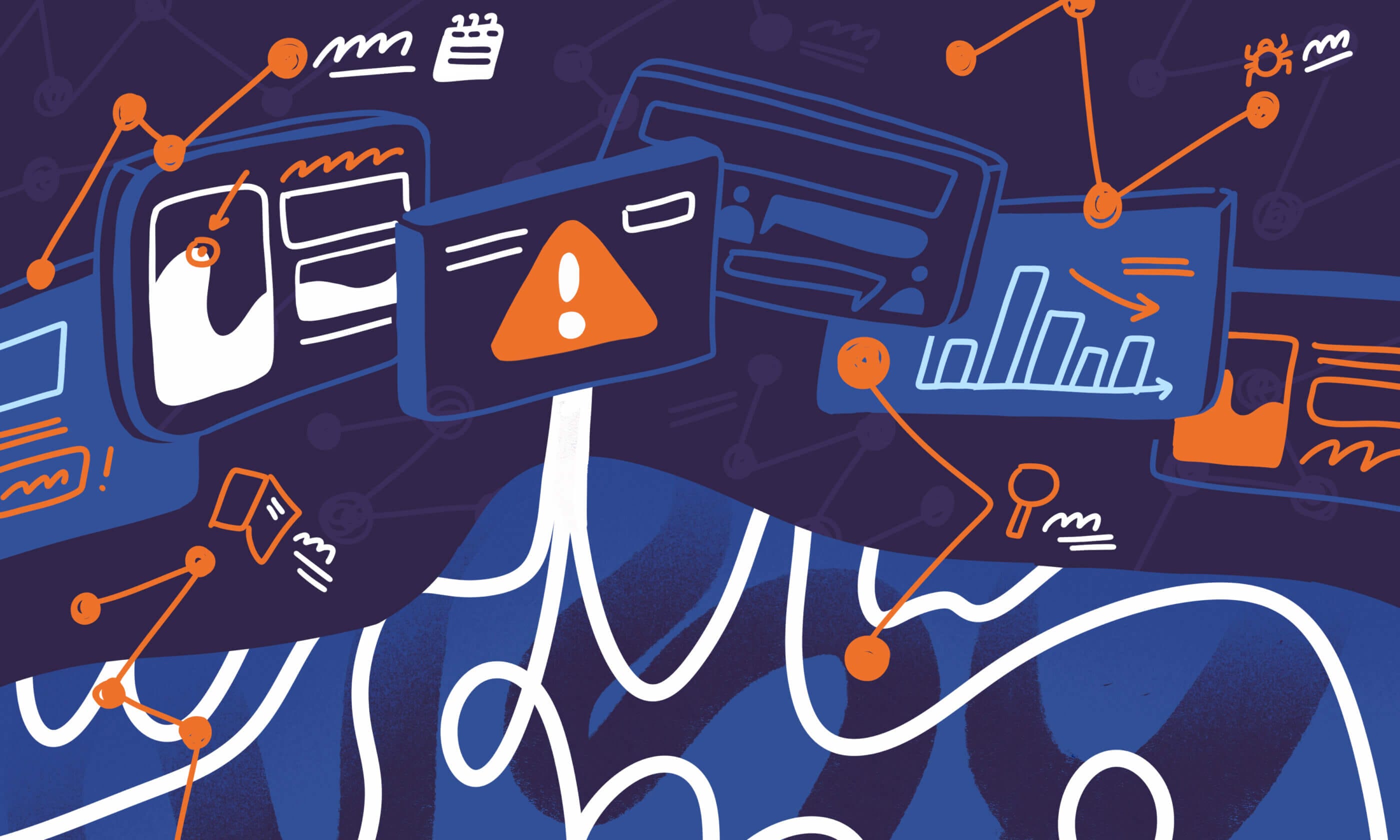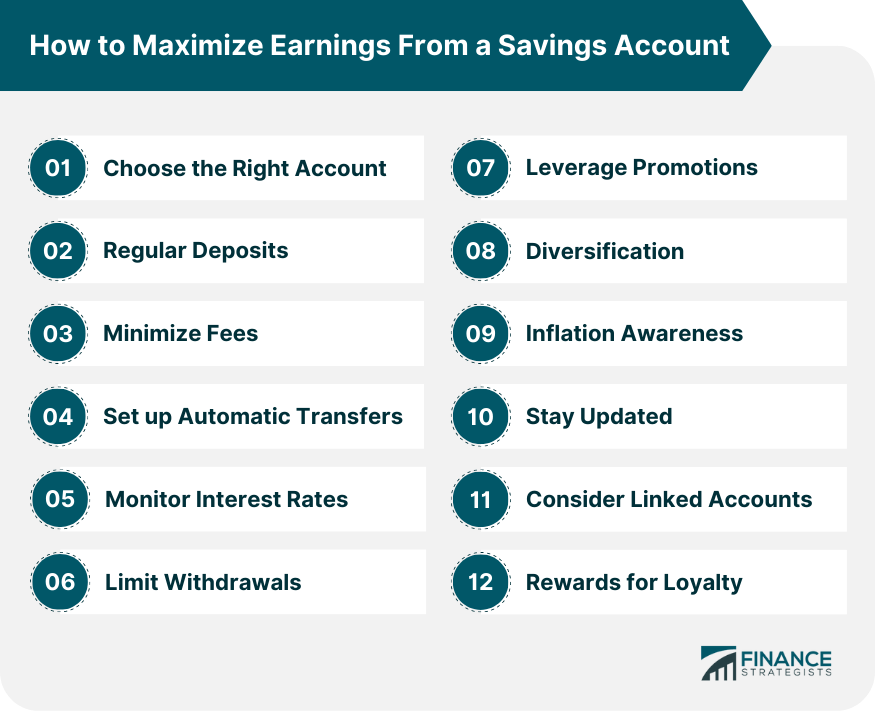
In the relentless maelstrom of modern business, the C-suite often feels less like a corner office and more like the eye of a perpetual storm. CEOs juggle high-stakes decisions, relentless demands, and calendars that barely allow for a moment’s breath. The conventional wisdom of stress management—meditation, exercise, ‘just take a break’—while valuable, often proves insufficient for leaders operating at the apex of organizational complexity. The sustained pressure experienced by executives is not merely an individual concern; it reverberates throughout the entire organization, impacting decision-making, team morale, and overall strategic direction.
Indeed, the discussions around workplace stress have intensified significantly, bringing employee well-being initiatives to the forefront. Yet, a crucial blind spot persists: the well-being of the CEO themselves. It is a sobering reality that many leaders succumb to burnout, a prolonged response to chronic workplace stressors characterized by overwhelming exhaustion, cynicism, detachment, and a diminished sense of accomplishment. This isn’t merely anecdotal; in 2023, a record number of CEOs exited their positions, with 19 tragically passing away while in office. A Deloitte and Workplace Intelligence survey revealed that 75% of C-suite executives are seriously considering quitting their jobs for better well-being support, underscoring the urgent need for robust, actionable stress management strategies tailored to the executive lifestyle.
This article aims to bridge that gap, moving beyond generic advice to present a curated collection of proven techniques—strategies that fit into a high-pressure lifestyle, drawn from the experiences and insights of top business leaders. We will explore methods that not only mitigate the detrimental effects of stress but also transform it into a potential performance edge, enabling executives to lead with greater clarity, resilience, and sustained effectiveness. As CEOs work an average of 62.5 hours a week, and this pace is unlikely to slow, adopting these unconventional yet highly effective techniques is not just a personal luxury but a strategic imperative for both individual and organizational success.

1. **Nature Therapy with Tech Integration**Nature has long been recognized for its profound ability to reduce stress levels, offering a calming contrast to the demanding corporate environment. However, for a CEO whose schedule is packed, finding time to physically immerse oneself in natural landscapes can be a significant challenge. This is where integrating technology with nature therapy presents an innovative and accessible solution, allowing executives to harness nature’s benefits without leaving their workspace.
Consider outfitting your office with a virtual reality (VR) headset. These devices can transport you to serene virtual environments, whether it’s a tranquil beach, a lush forest, or majestic mountains, providing a crucial escape from the intensity of a demanding workday. Pairing these VR experiences with mindfulness applications that guide you through relaxation techniques can create a powerful, immersive break that significantly impacts your physiological and psychological state. These short, intentional ‘nature breaks’ are not just about mental escape; they are scientifically proven to reduce stress hormones and contribute positively to cardiovascular health, a vital consideration given the high-pressure environment executives operate in.
The convenience of technology makes this strategy highly adaptable to a CEO’s demanding schedule. Even a 5-10 minute virtual immersion can serve as a potent reset button, helping to clear the mind, reduce anxiety, and return a sense of calm. By making these therapeutic escapes a regular part of your daily routine, you proactively manage stress build-up, fostering greater emotional regulation and sustained mental clarity—essential qualities for effective leadership. It’s about bringing the restorative power of the outdoors into the heart of your workspace.
Read more about: Inside Tom Brady’s Strategic Play: Why the NFL Legend is Backing AI-Powered Health Technology Through Aescape

2. **Micro-Breaks and Mindful Movement**The modern corporate culture frequently lionizes constant busyness, inadvertently leading leaders to undervalue the critical role of short, frequent breaks throughout the workday. However, integrating micro-breaks and mindful movement can dramatically enhance focus, boost productivity, and significantly improve overall mental well-being for executives. These brief pauses serve as essential psychological resets, preventing the accumulation of stress and mental fatigue.
Establishing a routine that incorporates 5-10 minute breaks every hour or two allows for essential activities like stretching, hydrating, or simply engaging in deep breathing exercises. This time can be purposefully dedicated to practicing mindfulness, where you momentarily detach from immediate responsibilities and ground your thoughts in the present moment. Prioritizing these seemingly small interruptions is not a luxury; it is a strategic investment in your mental resilience, directly counteracting stress build-up and fostering sustained cognitive performance. As one executive shared, their go-to stress relief is “taking a short walk, preferably outside, without my phone,” illustrating the profound impact of even brief disengagement.
Mindful movement extends beyond just standing up; it encompasses taking a thoughtful stroll, whether it’s a quiet walk outside or simply pacing in a secluded area. This deliberate activity, as Forge Digital Marketing CEO Erin Siemek notes, “has repeatedly helped me reset in times of upheaval,” allowing a shift in focus from the problem to breathing and the rhythm of steps. Similarly, James Rose, an Executive Leadership & Organizational Psychology Consultant, advocates for brisk walking as a mindful movement strategy for C-suite executives facing complex challenges, emphasizing how physical activity clears mental clutter and boosts endorphins. These intentional movements disrupt reactive thinking cycles, providing vital perspective and promoting a calmer, more grounded approach to decision-making under pressure.
Read more about: Master Your Commute: 12 Life-Changing Strategies to Slash Stress and Boost Your Well-being Every Day

3. **Art and Music Therapy**Engaging in creative pursuits offers a remarkably powerful and often overlooked outlet for stress, even for the most time-constrained CEOs. While artistic expression is frequently associated with trained professionals, research unequivocally demonstrates that anyone can reap its therapeutic benefits. Creativity provides an effective means to unwind, refocus, and alleviate stress, making it an invaluable addition to the high-pressure executive lifestyle and a potent antidote to constant analytical demands.
Scientific studies have illustrated that hands-on creative activities can measurably lower cortisol levels, the body’s primary stress hormone. Art therapy, for instance, has been effectively utilized to reduce anxiety, elevate mood, and cultivate mindfulness. Similarly, the act of playing a musical instrument or simply listening to music can stimulate dopamine production, a neurotransmitter crucial for regulating emotions and promoting feelings of relaxation and well-being. These creative engagements offer a unique form of cognitive rest, shifting the brain’s activity from logical problem-solving to intuitive expression.
Consider establishing a dedicated creative space within your office environment, however small. This could be a corner equipped with a sketchpad, a set of paints, or even a readily accessible musical instrument. Engaging in artistic expression—whether through drawing, painting, or sculpting—provides a vital opportunity for emotional release and cognitive relaxation. Even structured activities like coloring mandalas or freehand sketching can be highly effective tools for reducing tension and encouraging mindfulness. For those inclined towards music, integrating different genres into your daily routine can align with specific emotional or cognitive needs: upbeat music for motivation, instrumental sounds for concentration, and calming melodies to signal relaxation after an intense day. Playing an instrument or singing serves as an active form of stress relief, offering self-expression and a meaningful break from analytical thought.
Read more about: Inside Tom Brady’s Strategic Play: Why the NFL Legend is Backing AI-Powered Health Technology Through Aescape

4. **On-site Wellness Technology**While integrating wellness technology into the workplace might initially seem like an organizational luxury, its impact on both executive and employee well-being can be profoundly transformative. Implementing systems that proactively monitor critical health indicators, such as heart rates and stress levels, or even promote regular movement through features like standing desks with integrated fitness reminders, can create a healthier and more productive work environment for everyone, starting with the leadership.
Smart wearables represent a powerful tool in this domain, providing real-time feedback on your stress levels throughout the day. This immediate data allows for heightened self-awareness, enabling executives to identify stress triggers and proactively intervene before stress escalates into burnout. Beyond individual devices, fostering a company-wide approach that encourages mindfulness practices, such as guided meditation sessions or utilizing relaxation applications, cultivates a collective culture of wellness. This holistic approach not only benefits the CEO but also enhances overall team morale, boosts productivity, and signifies a genuine commitment to the health of the entire organization.
The strategic deployment of on-site wellness technology goes beyond mere health tracking; it embeds well-being into the very fabric of the corporate environment. By normalizing and facilitating access to these tools, leaders demonstrate that prioritizing self-care is a recognized component of high performance, rather than an afterthought. Such initiatives can lead to a more engaged, resilient workforce and ultimately, a more sustainable and successful business. The investment in wellness technology yields returns far beyond individual health metrics, contributing to a robust organizational ecosystem capable of navigating intense pressures with greater composure.
Read more about: Yuki Tsunoda Ignites History: Piloting Honda’s F1 Pioneer, The RA272, in a 60th Anniversary Spectacle at the Mexican Grand Prix

5. **Engage in Volunteerism and Community Service**Finding a sense of purpose beyond the demanding confines of corporate objectives is an essential, often overlooked, component of effective stress management for CEOs. Engaging in volunteer work or community service provides a vital escape from the relentless pressures of business, fostering a profound sense of fulfillment and enhancing emotional well-being. This outward focus offers a unique perspective that can rebalance the intense internal demands of leadership.
As a CEO, you are uniquely positioned to amplify this benefit by initiating company-sponsored volunteer days. Inviting employees to join you in giving back to the community not only reinforces a positive organizational culture but also provides a shared experience that transcends typical workplace hierarchies. The collective effort of contributing to a greater good can foster stronger team bonds and improve overall morale. The act of volunteering, by shifting focus from personal stressors to the needs of others, has been shown to improve mood and significantly combat stress levels, creating a virtuous cycle of positive emotional and mental health.
This engagement is not merely a philanthropic gesture; it is a strategic approach to well-being that injects meaning and altruism into an executive’s life. The satisfaction derived from making a tangible difference in the community serves as a powerful counterweight to the often abstract nature of business success. It allows for a vital emotional and psychological reset, reminding leaders of the broader human impact of their actions and helping to alleviate the isolating pressures that can accompany top-tier leadership. This pursuit of purpose beyond profit can be a profound source of resilience.

6. **Prioritize Intentional Exercise**Prioritizing intentional exercise is far more than a physical health recommendation; it is a cornerstone of executive resilience, directly impacting emotional well-being, mental clarity, and overall performance. In the demanding world of a CEO, consistent physical activity serves as a powerful buffer against stress, transforming it into a mechanism for enhancing cognitive function and recovery. It’s about leveraging movement as a strategic tool for leadership effectiveness.
Regular exercise fundamentally improves physical health while simultaneously bolstering emotional resilience and mental acuity. A study published in the *Journal of Cognitive Neuroscience* found that memory improved after just six weeks of short, 20-minute bouts of interval training. Furthermore, a 2021 study in *Physiology and Behavior* highlighted how aerobic exercise aids recovery from mental exhaustion by improving cognitive flexibility, motivation, and overall well-being. These scientific findings underscore that exercise is not a distraction from work but a direct contributor to better work.
Integrating purposeful physical activity into your routine can take many forms, from scheduled high-intensity interval training (HIIT) during a lunch break to simply ensuring you stand up for at least 60 seconds per hour. As one small business leader shared, effective coping involves “staying active, taking time to play hockey, walk or do Pilates.” This demonstrates the variety of approaches that can be tailored to individual preferences. The key is consistency and intentionality, ensuring that exercise becomes a non-negotiable part of your daily and weekly rhythm. Beyond the structured workouts, getting outdoors to exercise—whether for a walk or a run—adds another layer of benefit, combining physical activity with the perspective-gaining qualities of nature, as noted by Alexis Haselberger, a Time Management and Productivity Coach. This dual benefit allows for a mental clearing, turning jumbled thoughts into a clear plan of action upon returning to the desk.
Read more about: Trouble on the Update: 13 Smartwatches Users Wish They Never Synced to Their Phone.

7. **Prioritize Quality Sleep**For executives operating at the apex of organizational complexity, peak cognitive functioning is indispensable. Leadership demands clarity of thought, strategic foresight, and emotional regulation, all profoundly underpinned by adequate sleep. The critical role of restorative sleep is often underestimated, yet its absence severely detriments executive performance. A study in *Occupational and Environmental Medicine* starkly illustrates that moderate sleep deprivation impairs cognitive abilities akin to being legally intoxicated, an untenable state for high-stakes decision-making.
Further research in the journal *Sleep* reveals that consistently sleeping just six hours per night for nearly two weeks results in mental faculties comparable to an all-nighter. This sustained cognitive deficit significantly impedes effective leadership. Moreover, the *Academy of Management Journal* notes that sleep-deprived leaders often exhibit diminished emotional self-control towards co-workers, directly impacting team dynamics and organizational culture. These findings highlight the systemic risks of insufficient rest at the executive level.
Given the magnified expectations on CEOs to make impactful decisions and guide their teams, prioritizing quality sleep is a strategic imperative. It ensures sustained high-level performance, fosters robust emotional intelligence, and secures the long-term resilience of both the individual leader and their organization. Integrating non-negotiable sleep hygiene practices into a demanding schedule is thus a foundational element of effective executive stress management.
Read more about: Diane Keaton’s Enduring Persona: Unpacking the Authentic Self Behind Her Iconic Hats and Signature Style

8. **Avoid the Superhero Syndrome**In corporate leadership, CEOs often face immense pressure to project unwavering competence and indefatigable strength—the ‘superhero syndrome.’ This expectation to constantly succeed and appear infallible often stems from a deep-seated fear of failure and relentless demands. Internalizing the belief that one must single-handedly overcome every challenge can lead to isolation and unsustainable burdens, ultimately jeopardizing leadership effectiveness.
Unfortunately, the immense weight of these expectations and stress can push executives towards detrimental coping mechanisms, including addiction and substance abuse. This underscores the critical need to recognize individual capacity limits and the profound dangers of suffering in silence. The relentless pursuit of an unachievable ideal of perfection ultimately undermines the very resilience it aims to project, leading to burnout rather than sustained success.
To effectively avoid the superhero syndrome, a strategic shift towards leveraging organizational resources and support networks is paramount. This involves active delegation, learning to strategically decline non-essential commitments, and cultivating profound trust in one’s leadership team. Seeking external support through family, dedicated peer groups, or professional therapy provides crucial avenues for processing stress. Recognizing that ‘success in life, health, and business requires a village’ is a profound strength that underpins sustained leadership.
Read more about: The Ultimate Roll Call: 14 Jennifers Who Are Absolutely Crushing It and Changing the World!

9. **Stay Connected to Purpose**Amidst the relentless operational demands and strategic complexities of a CEO’s role, maintaining an unwavering anchor to one’s core purpose and overarching vision is an essential stress management technique. This connection transcends the daily grind, providing a deeper meaning that buffers the impact of high-pressure environments and prevents executive detachment. It grounds leaders, reminding them of the fundamental ‘why’ behind their strenuous efforts.
The psychological benefits of purpose are robustly supported by research. The *Journal of Clinical Psychology* finds that a strong connection to purpose is significantly associated with lower levels of depression and anxiety, serving as a powerful shield against emotional toll. Furthermore, staying connected to purpose is cited as an indicator of healthy aging, enhanced resilience, and improved emotional recovery from adverse events, illustrating its profound long-term advantages for executive well-being.
CEOs are the ultimate linchpins of organizational success, from vision articulation to culture development. Their ability to remain anchored to this broader purpose not only fuels personal resilience but also imbues their leadership with authenticity and direction. By continually reflecting on and reinforcing this purpose, executives can transcend transient stressors, make more aligned decisions, and inspire greater commitment within their teams, ensuring sustained effectiveness and meaningful impact.
Read more about: 14 Simple, Smart Ways to Get Free or Cheap Roadside Assistance Beyond AAA
10. **Practice Gratitude**In the crucible of executive leadership, where challenges are constant and pressures are immense, practicing gratitude emerges as a deceptively simple yet profoundly impactful stress relief technique. As Soubhik Chakrabarti, CEO of Canada Hustle, attests, taking a moment to pause and reflect on the positive aspects of one’s life and work can significantly transform how one navigates pressure. This intentional shift of focus away from the immediate problem and towards what is going right serves as a powerful mental anchor, proactively disrupting negative thought spirals that often cloud judgment.
The mechanism of gratitude is both straightforward and effective: by consciously asking, ‘What’s one thing I’m grateful for in this moment?’, leaders ground their minds and sharpen their focus. Chakrabarti’s experience during a tough negotiation illustrates this, where reminding himself of gratitude for progress helped him approach the conversation with calm and confidence, rather than frustration. This mindset shift provides greater clarity and balance, essential for managing multiple priorities and planning for the future, often revealing creative solutions or reframing problems as valuable opportunities for growth.
The simplicity and far-reaching ripple effects of gratitude make it a highly actionable strategy. It requires minimal time or tools, merely a conscious pause. When leaders vocalize their appreciation—to teams for hard work or to colleagues for support—it cultivates a positive organizational climate, diffusing tension and inspiring collective high performance. In high-pressure moments, gratitude acts as an invaluable anchor, grounding executives, keeping them present, and ultimately enabling superior decision-making with a clear and composed mind.
Read more about: 13 Common Reasons You Get Pulled Over That Aren’t About Speeding: A Driver’s Guide

11. **Structured Problem-Solving Through Deliberate Methods**Navigating the incessant stream of complex challenges is intrinsic to executive leadership, yet reacting under pressure can often lead to suboptimal decisions. To counteract stress-driven reactive thinking, top CEOs employ structured problem-solving methods that instill clarity, reduce overwhelm, and ensure logic-driven outcomes. These deliberate approaches transform amorphous stressors into actionable components, enabling more effective leadership in critical moments.
One highly effective technique is the ‘Pause and Prioritize’ method, championed by Ronald Osborne. This involves deliberately removing oneself from immediate noise—stepping outside or finding a quiet room—to engage in deep breathing. This physiological reset clears mental fog, after which the leader uses a notebook or whiteboard to prioritize key issues and break them down into manageable steps. This structured decomposition creates profound clarity and focus, allowing for effective delegation and strategic resolution, as evidenced by Osborne’s experience in a telecommunications operational crisis.
Further reinforcing this analytical rigor are practices like ‘Write Down Problems and Solutions,’ advocated by Zarina Bahadur, and ‘Decision-Buffering,’ a rapid 15-minute reset by Ahmed Yousuf. Physically listing problems, segmenting them, and articulating solutions brings structure and reduces overwhelm, forcing logical prioritization and mitigating emotional decision-making. Decision-Buffering integrates controlled breathing, light movement, and rapid journaling of fears, shifting executives from reactive to strategic modes. These combined methods ensure decisions are guided by logic rather than stress, effectively turning pressure into a tactical advantage.
Read more about: Why Elon Musk’s 15-Minute Power Naps are a Game-Changer for Productivity and Your Career
12. **Reframe Your Relationship with Stress**A pivotal, yet often overlooked, strategy for executive resilience involves fundamentally reframing one’s perception of stress. Research indicates that beliefs about stress significantly influence its physiological and psychological impact. When stress is perceived as inherently detrimental, negative health outcomes are more likely. Conversely, perceiving stress as a natural response or even a performance enhancer can mitigate risks and unlock its potential benefits, as highlighted in the ‘Science of Recovery’ program.
Cultivating a healthier relationship with stress begins with a conscious linguistic shift. Simple reframes, such as transforming ‘stress is killing me’ into ‘stress helps me to be at my best when I need to,’ are powerful tools for altering ingrained thought patterns and deeply held beliefs. This proactive mental adjustment empowers executives to channel the heightened arousal of stress into focused alertness and enhanced cognitive function, rather than allowing it to devolve into overwhelming anxiety. It’s about consciously choosing to view pressure as a catalyst for optimal performance.
One practical application of this reframing is ‘Perspective-Shifting Journaling,’ a technique utilized by Derek Pankaew. This involves briefly pausing to jot down a dilemma from an entirely different viewpoint—perhaps that of a new intern or a curious customer. By asking pertinent questions, leaders break through ‘CEO headspace’ tunnel vision. This creative exercise often reveals unexpectedly simple solutions that were obscured by conventional thinking, reigniting creativity and providing a valuable mental step outside typical responsibilities, ultimately fostering a more objective assessment of challenges and promoting level-headed decision-making.
**The Strategic Imperative of Executive Well-being**
In the high-stakes, ceaselessly evolving environment of modern business, the well-being of a CEO is far from a personal luxury; it stands as a strategic imperative for the entire organization. The techniques explored in this article—from integrating nature and mindful breaks to prioritizing sleep, fostering purpose, and fundamentally reframing one’s relationship with stress—offer a robust toolkit for navigating unparalleled pressures. These are not merely survival tactics but advanced strategies, drawn from the experiences of top leaders, designed to cultivate resilience, sharpen clarity, and enhance overall leadership effectiveness.
Read more about: Behind the Velvet Curtain: How Secretive Crisis PR Firms Navigate Hollywood’s Most Explosive Scandals and Shape Celebrity Destiny
Overlooking these methods can have detrimental consequences, not only for the individual executive’s mental and physical health but also for the strategic direction, morale, and long-term sustainability of the enterprise. By deliberately embedding these unconventional yet profoundly effective stress management practices into their daily routines, CEOs can cultivate not only a healthier personal landscape but also a thriving, more adaptable workplace culture. The path to sustained leadership and organizational success truly begins with acknowledging that leadership doesn’t have to come at the expense of well-being, but rather, is intrinsically linked to it. Embracing these shifts requires honesty, slight adjustments, and the courage to prioritize oneself, ultimately allowing executives to lead with greater composure and impact.





